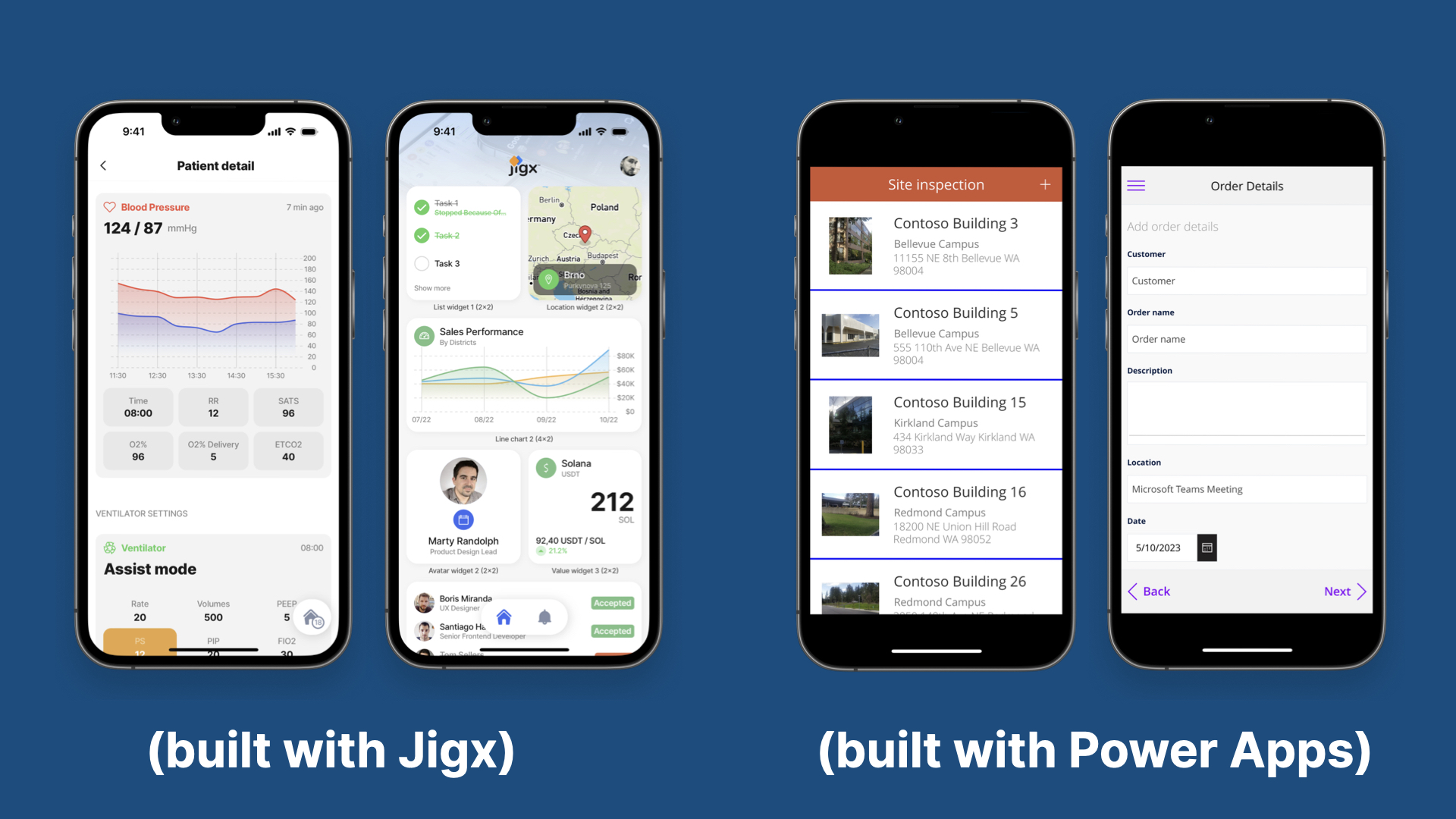App abandonment refers to the idea that users abandon their apps after signing up, making a purchase, or sometimes even before using them. Abandonment is a significant challenge for app developers and businesses, as it can lead to wasted resources, lost revenue, and a negative impact on the app and brand’s reputation.
So why do users abandon apps? And what is the best way to ensure your app doesn’t get abandoned?
Understanding Abandonment
Poor Onboarding & User Experience If an app is difficult to use, gives the user trouble (especially with getting started), has confusing navigation, or contains bugs that hinder its functionality, users are quick to give it up.
There are so many options out there for individuals that even one oversight can cause someone to drop the app altogether (it’s even amplified when the negative reviews come in discouraging others from downloading the app).
Privacy Concerns are another big reason why users abandon apps. If users are under the impression that their personal information or data is not being protected by the app, they might abandon it to safeguard their privacy. And data privacy, even in governments, has become a main talking point across technology.
Intrusive Advertising is another factor that plays into the abandonment of apps. If an app bombards users with too many ads or pushy monetization tactics, they may find it annoying and choose to abandon it.
To combat this, developers need to focus on creating a positive user experience, delivering genuine value, and regularly update and improve the app while taking their users’ feedback into concern.
Low and High App Abandonment
You may be asking yourself: “But aren’t people naturally going to abandon my app over time?”. The short answer is yes, but also comes in a bit of a gray area. There are two areas we focus on: low and high abandonment. These can be understood through several key metrics to help app creators measure the health of their app and user engagement.
Low Abandonment
- User Engagement and Retention: A “good” app abandonment rate would indicate that users are engaging with the app and continuing to use it over time. High user retention rates, measured by the percentage of users who continue to use the app after a certain period (i.e. through 7 days, 30 days), indicate a low app abandonment.
- Session Length and Frequency: Longer and more frequent user sessions suggest that users are finding value in the app and are actively using it for their needs.
High Abandonment
- High Uninstall Rate: A high rate of uninstalls shortly after downloading the app can signal poor user experience and dissatisfaction.
- Negative Reviews and Ratings: If there are constantly negative reviews and low ratings, this indicates dissatisfaction which can lead to increased app abandonment.
Regularly monitoring and analyzing metrics can help developers identify areas for improvement.
Creating an Engaging Experience to Retain Users
Design and usability are significant factors that can contribute to app abandonment. A poor design might frustrate users and lead them to say goodbye to your app in no time.
Apps with complex interfaces, slow interaction, or inconsistent designs can drive users away from using your app. Take this example of Apps built with Jigx and an app built with Power Apps. Modern design practices are not a “nice-to-have” any more. It’s necessary and modern tools and mobile app platforms often assist app creators to maintain a great user-experience across every screen.
It is important to incorporate intuitive navigation, responsive interaction, and a visually pleasing experience to keep users engaged and reduce abandonment rates.

Conclusion
There is nothing worse than having spent ample amounts of time building an app, only to have users stop using it after they download. Some might argue that is the natural process for a creator to learn how to build user-friendly apps. However we believe anyone can avoid the common pitfalls of app abandonment.